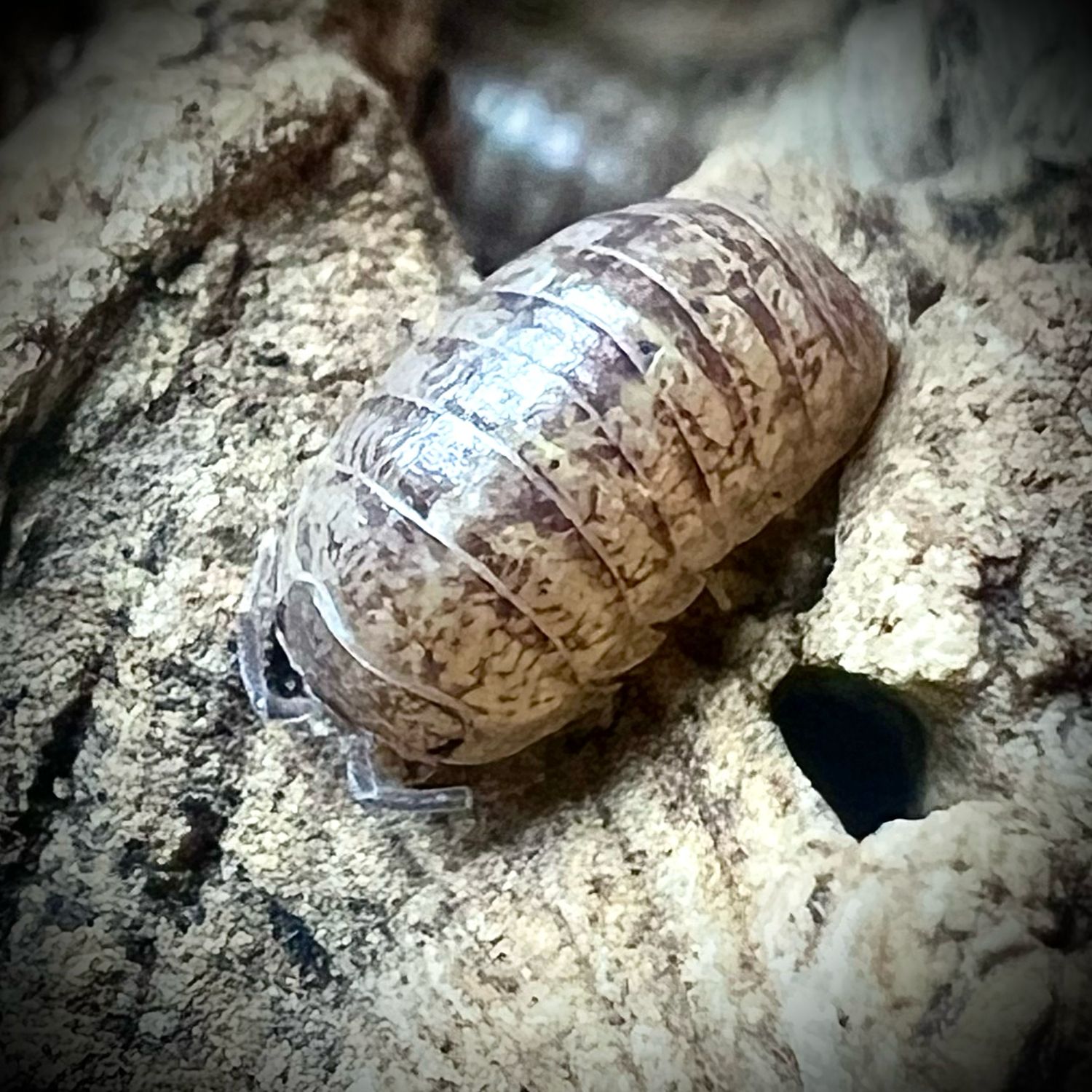
Armadillidium assimile
Armadillidium assimile is an interesting species of terrestrial isopod, commonly referred to as pill bugs or roly-polies. This species belongs to the family Armadillidiidae and shares many characteristics with its relatives, adapted to terrestrial life. Here is a detailed overview covering its taxonomy, morphology, habitat, behavior, ecological role, and any significant relationships.
| Common Name | Armadillidium assimile |
|---|---|
| Scientific Name | Armadillidium assimile |
| Taxonomy |
|
| Habitat | These isopods are typically found in leaf litter, under decaying wood, or within moist soil. They prefer environments with high humidity levels as they are susceptible to desiccation, making damp habitats ideal. |
| Region | A. assimile is typically found in regions that support moist habitats. It has been recorded in parts of Europe and is common in areas with suitable environmental conditions. |
| Lifespan (Years) | 2 |
| Diet | Decaying plant matter, leaf litter, calcium supplement, occasional protein |
| Humidity Range (%) | 60–90 |
| Temperature Range (°C) | |
| Conservation Status | Unknown |
| Coloration | This species exhibits a range of colors, often presenting shades of gray, brown, or black, which can help with camouflage against the soil and leaf litter in their natural habitats. |
| Care Notes | Provide moist substrate with hiding spots. Use leaf litter, decayed wood, and moss. Ensure moderate to high humidity with ventilation. |
| Breeding Info | Can breed in captivity with stable environment. Some species are prolific, others slow. |
| Adult Size (cm) | Typically, A. assimile ranges from about 1 to 2 cm in length, similar in size to many other isopod species. The size can vary based on environmental conditions and availability of resources. |
| Temperament | Shy to docile, species dependent |
Image credited to Adam @ MicroExotics
Was this helpful?
0 / 0